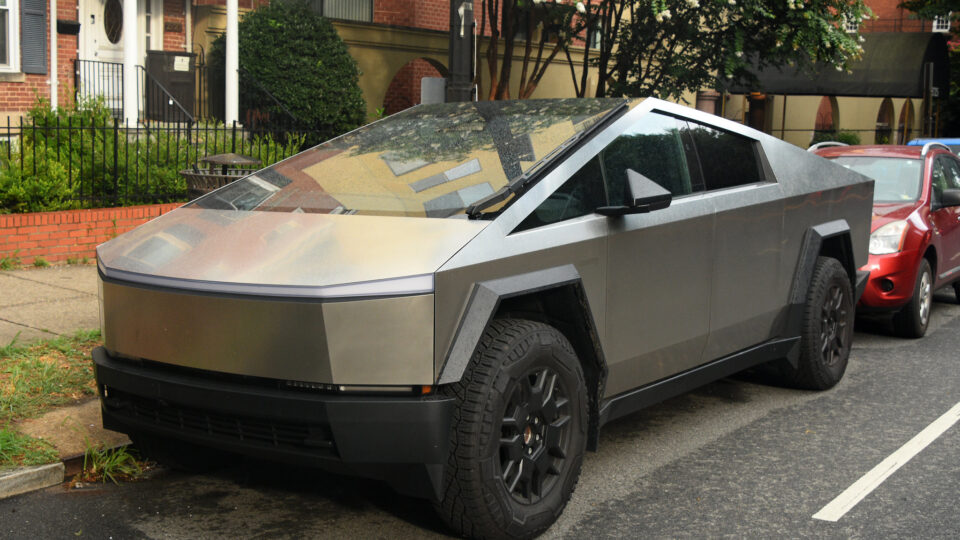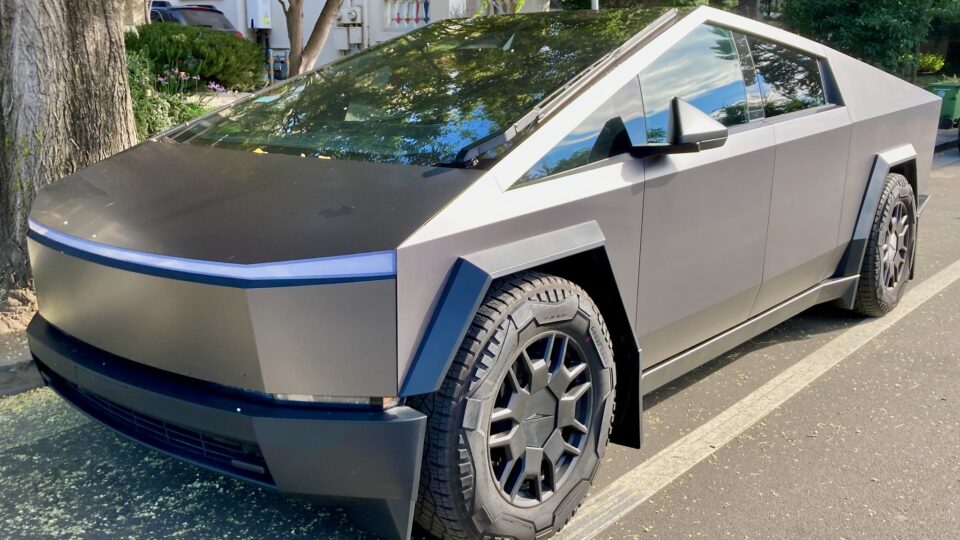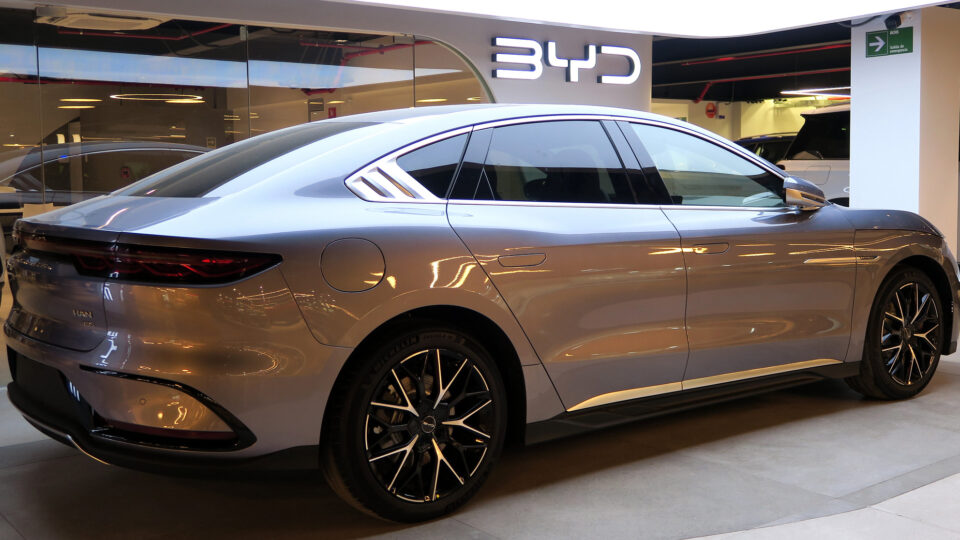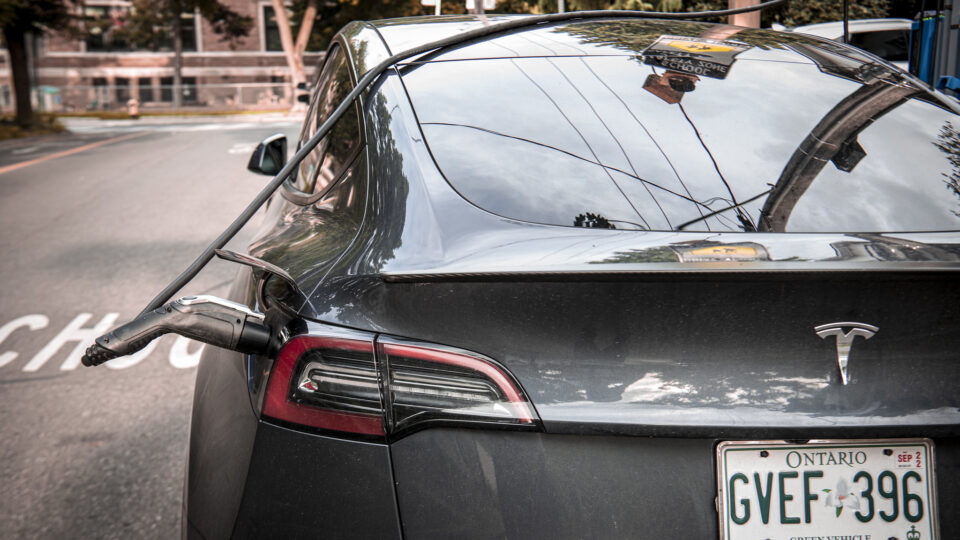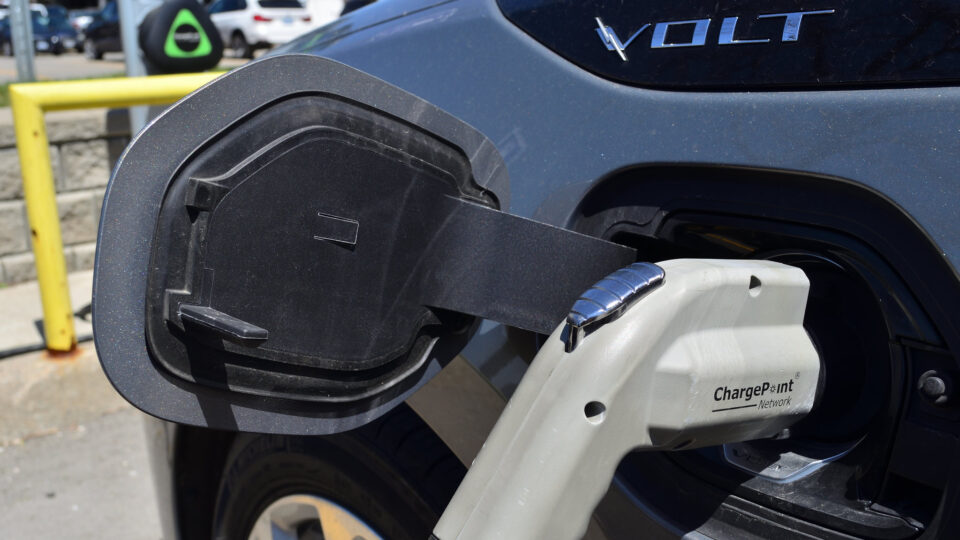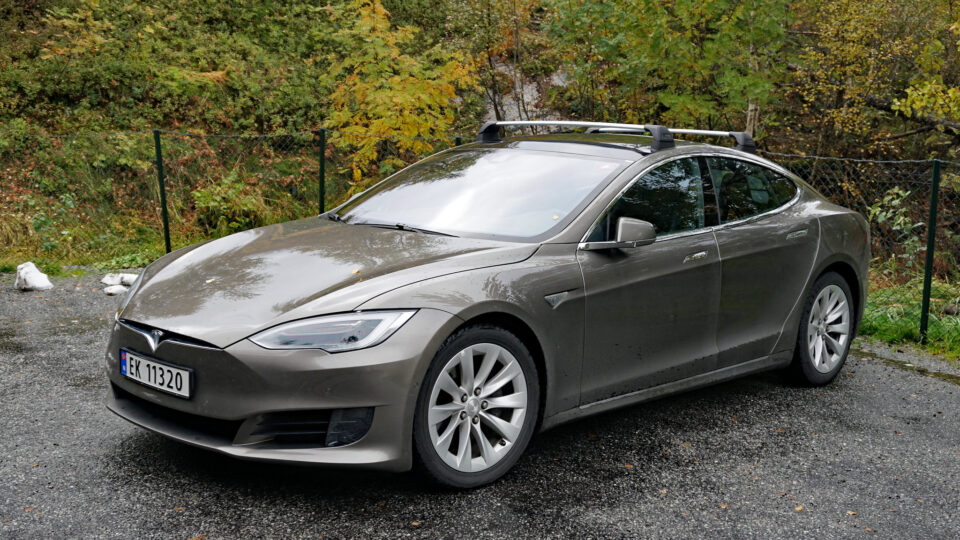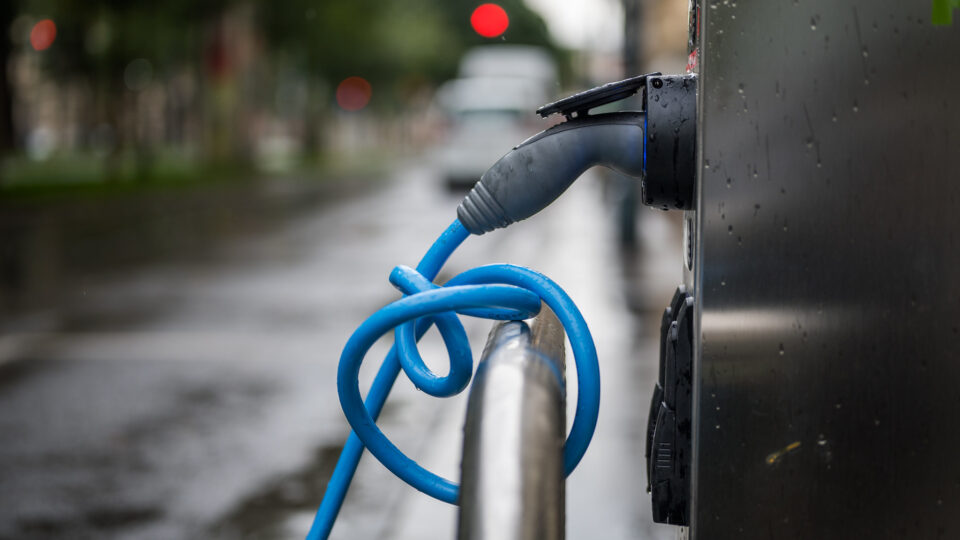Media coverage of electric cars in this country is pretty confusing. Are electric cars taking over or has the EV bubble burst?
EVs currently represent about 8% of the US new car market. But they continue to face some relatively unique headwinds in this country. A very powerful and influential oil industry makes sure that anti-EV stories occupy center stage in the media. Traditional car dealers don’t want to sell EVs because they don’t make much money from parts and service. And EVs often find themselves tangled up in American politics.
Meanwhile, the rest of the world tells a very different story. Globally, EVs constitute 20% of new car sales, but in some places, they are doing much better than that.
So far this year, almost 87% of new car sales in Norway are electric and in August, the figure was 94%. Norway has some incentives in place for EV owners, but the fact that nearly all new cars on the road are electric is far more than the result of incentives.
One might argue that Norway, a country with only 5 million people, faces a much easier task of transitioning to EVs. But how about China with its 1.4 billion people? In July, plug-in vehicles in China were 51% of new auto sales. And the numbers continue to rise.
There are plenty of articles out there explaining why electric cars just can’t meet people’s needs, have insurmountable problems, and how having too many of them would collapse electric grids and otherwise wreak havoc with society. Apparently, the Norwegians and Chinese, among a growing number of other countries, haven’t gotten the memo.
**********
Web Links
Elbil Thinks Electric Car Sales In Norway Could Hit 100% By Next Year
Photo, posted July 27, 2024, courtesy of Amaury Laporte via Flickr.
Earth Wise is a production of WAMC Northeast Public Radio
